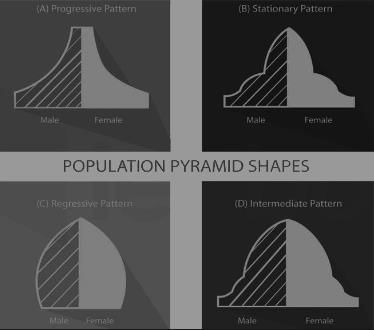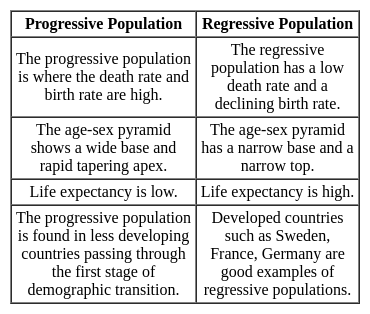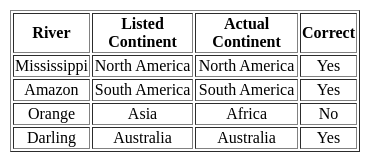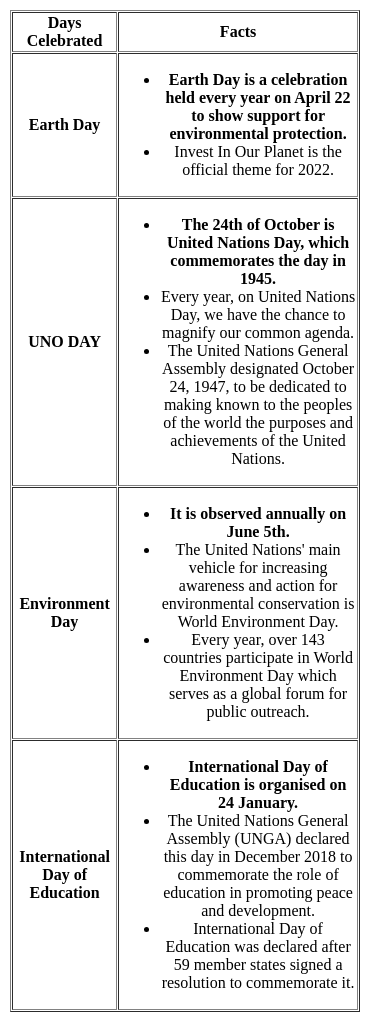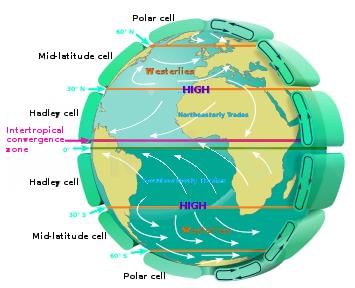UGC NET Paper 2 Geography Mock Test - 5 - UGC NET MCQ
30 Questions MCQ Test UGC NET Mock Test Series - UGC NET Paper 2 Geography Mock Test - 5
Which of the following is a minor plate of the lithosphere?
With reference to the Tropical Cyclones, consider the following statements:
1. Cyclone forming over land has an effect over a large area.
2. If a cyclone stays at a place, rains may continue for a longer duration than average.
3. Temperature of ocean water must be higher than approx 27oC for the formation of cyclones.
How many of the statements given above are correct?
Given below are two statements - one is labeled as Assertion (A) and the other is labeled as Reason (R).
Assertion (A): In the case of a regressive population the age-sex pyramid has a narrow base and a narrow top.
Reason (R): The progressive population has a wide base that quickly narrows upwards to a point.
Select the correct answer from the options given below:
Given below are two statements, one labeled as Assertion (A) and the other labeled as Reason (R):
Assertion (A): Pragmatism is a modified form of functionalism
Reason (R): Applied geography recognizes geographical space as a combination of knowledge and error.
In the context of the above two statements, which of the following is correct?For interpolation of satellite data used for monitoring dynamic changes that occur on the earth surface, the most suitable orbit for the satellite is:
Assertion (A): World Trade Organization has taken steps to fight climate change.
Reason (R) : The lack of clean technology in underdeveloped nations is a major hindrance in fight against climate change.
Select the correct answer from options given below:
Which of the following statements about inversion of temperature is/are correct?
1. Temperature increases with increasing altitude.
2. A long winter night with clear skies is an ideal situation.
3. It is a short term phenomenon and is common all over the globe except at the poles.
Select the correct answer using the code given below :
Which of the following has CFCs contributed to?
1. Global warming
2. Ozone depletion
Choose the correct code
At what plate boundary setting is the ocean floor deepest?
What is the shallow submerged extension of a continent called?
Consider the following pairs:
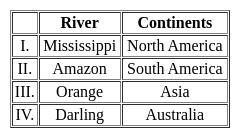
How many of the above mentioned pairs are correctly matched?
Match List I with List II :
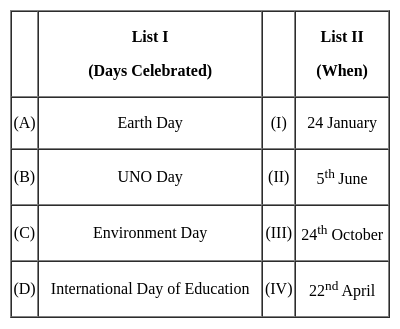
Choose the correct answer from the options given below :
Assertion (A): In southern hemisphere, westerlies are stronger with very high velocity of winds than in the northem hemisphere.
Reason (R): In southern hemisphere, there is vast expanse of ocean and therefore westerlies attain terrific speed.
i. The process of digital image process is also called satellite image processing.
ii. Image pre-processing, Image enhancement and image classification are classification of digital image processing.
iii. The process is widely preferred.
iv. satellite images contain no errors. .
a) Culture has no precise standard of measurement.
b) Brock and Webb has divided the world into 5 major and 3 minor cultural realms.
c) According to H. Robinson, the European cultural region is the most favourable continent.
d) Cultural regions and areas both are the same.
Which of the following options are correct?
What kind of products were exported by Canada during the 19th century?
As per the Census 2011, which state has the lowest population in India?
Which state is the largest producer of wheat in India ?
It is essential to pay more regard to which of the following two things while classifying maps into different categories?
When was the first modern paper mill of the country set up?
|
92 docs|125 tests
|



